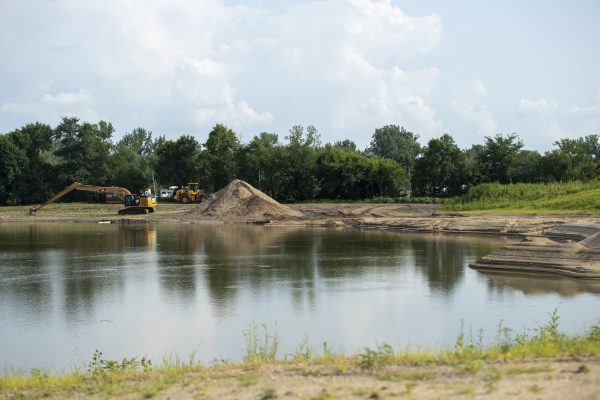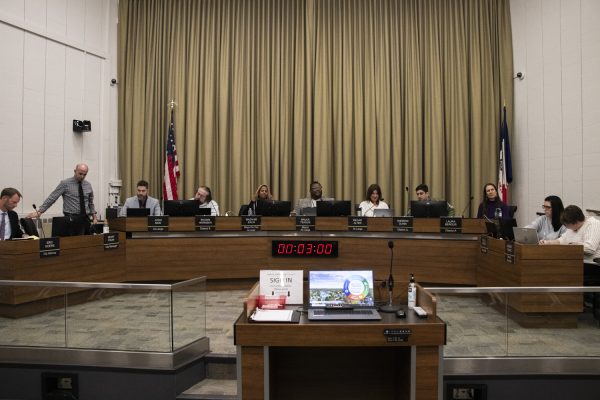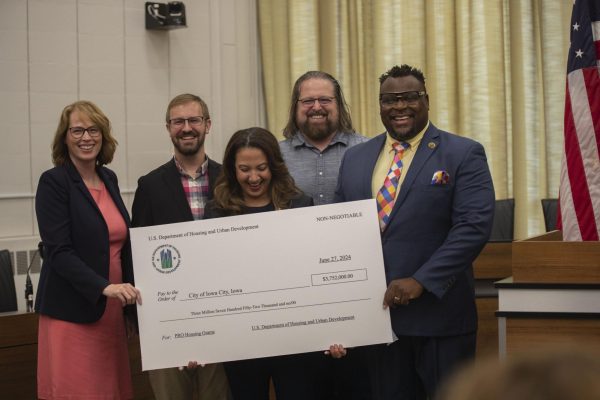Iowa Climate Statement recommends need for increased tree population to mitigate climate change
After the 2020 derecho, the researchers recognized trees as a vital source to mitigate the effects of climate change in the state.
Jerry Schnoor speaks during an Iowa Climate Statement Zoom meeting on Wednesday, Oct. 5, 2022.
October 5, 2022
University of Iowa researchers from its Center for Global and Regional Environmental Research highlighted recent extreme storms and high temperatures that pose a deadly threat to trees across the state in the 2022 Iowa Climate Statement recommendations released Wednesday.
The statement recommends the need for increased tree populations to mitigate the effects of climate change. Researchers and educators from the University of Iowa, Iowa State University, and Drake University have collaborated to put together a statement for the last decade.
RELATED: Iowa City, UI continues to remove ash tree population
Jan Thompson, ISU professor of natural resource ecology and management, said rising temperatures have caused a future with more hot days and more frequent extreme storms, which is bad news for trees and forests in Iowa.
“We’ve started to see more fires on the landscape, often in wildlands,” she said. “This is happening as temperature increases and moisture decreases.”
Thompson told The Daily Iowan that despite setting aspirational goals to increase the canopy, Iowa’s planting rates have not been adequate up to now to meet goals.
“Even before we had these last sets of particularly damaging extreme events, we already weren’t keeping up with what we were losing to [tree] mortality,” she said. “We were losing more trees to natural causes than we were replacing.”
David Courard-Hauri, Drake University chair of environmental science and sustainability, said the focus on trees is needed in the future following damages from the 2020 derecho that led to the loss of an estimated 7 million rural and urban trees in Iowa, according to the climate statement.
“Many of the trees that we plant today will be living well into the 22nd and even 23rd centuries,” he said. “Trees provide us with an opportunity and an obligation to think about what our state will be like then, and how we can ensure their survival in a very different climate from the one we’ve gotten used to.”
Iowa’s annual climate statements are created by hundreds of Iowa’s top experts and place pivotal climate change research into an Iowa-specific context encouraging preparedness and resilience in the face of the climate crisis, Courard-Hauri said.
Heather Sander, UI associate professor of geological and sustainability sciences, said trees and woodlands help keep large amounts of water out of fields, streets, and waterways to reduce flooding in the state. Sander recommends prioritizing taking care of Iowa’s trees and forests.
“Care for trees where we live in work means watering newly planted young trees as well as mature trees during periods of drought,” Sander said. “It means pruning trees to help keep them strong in the face of high winds and planting diverse species of trees to help promote resilience.”















